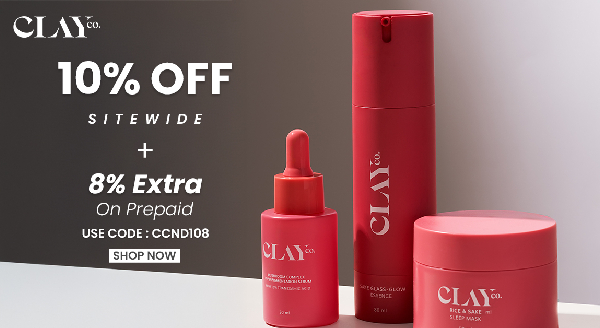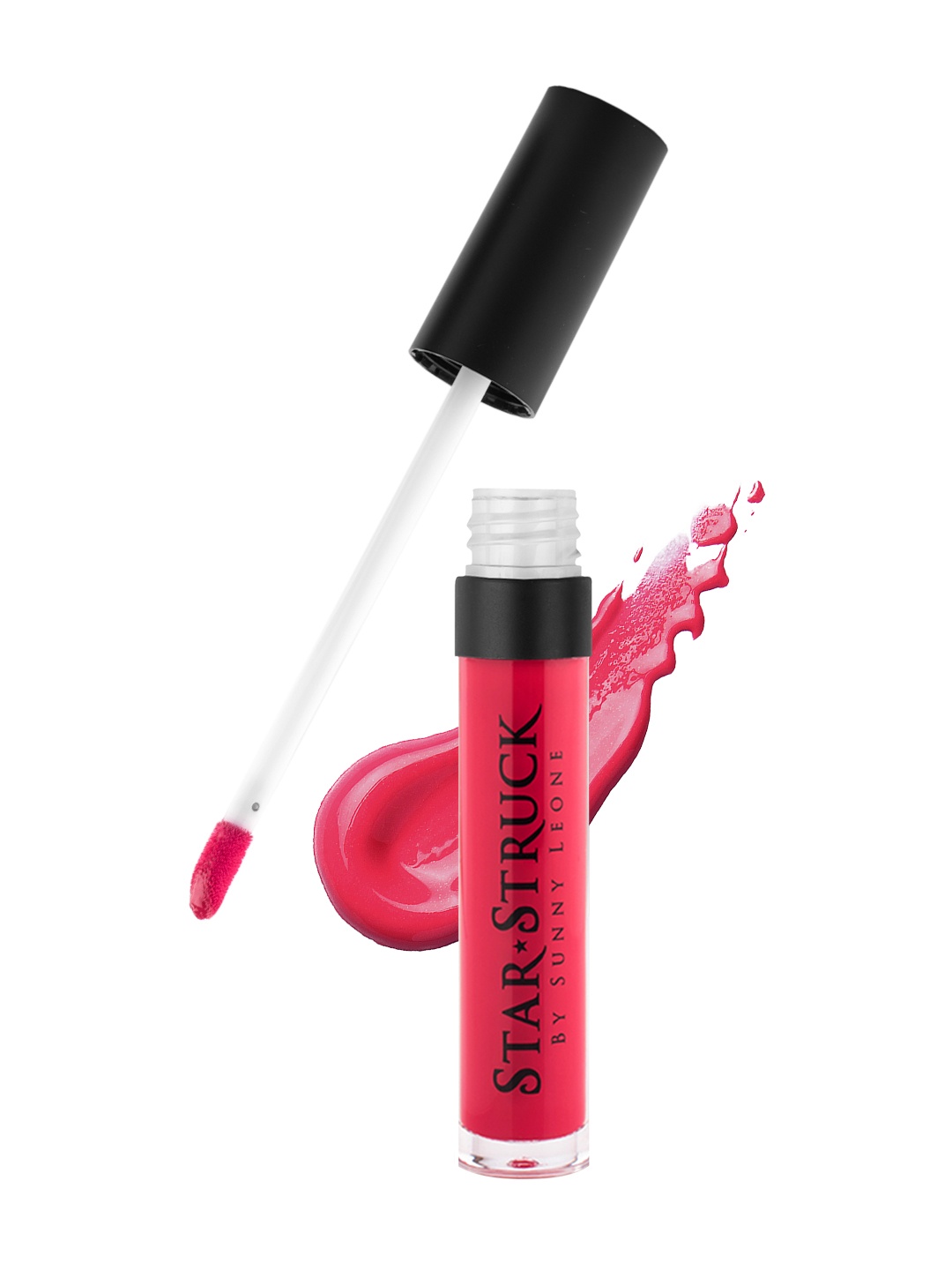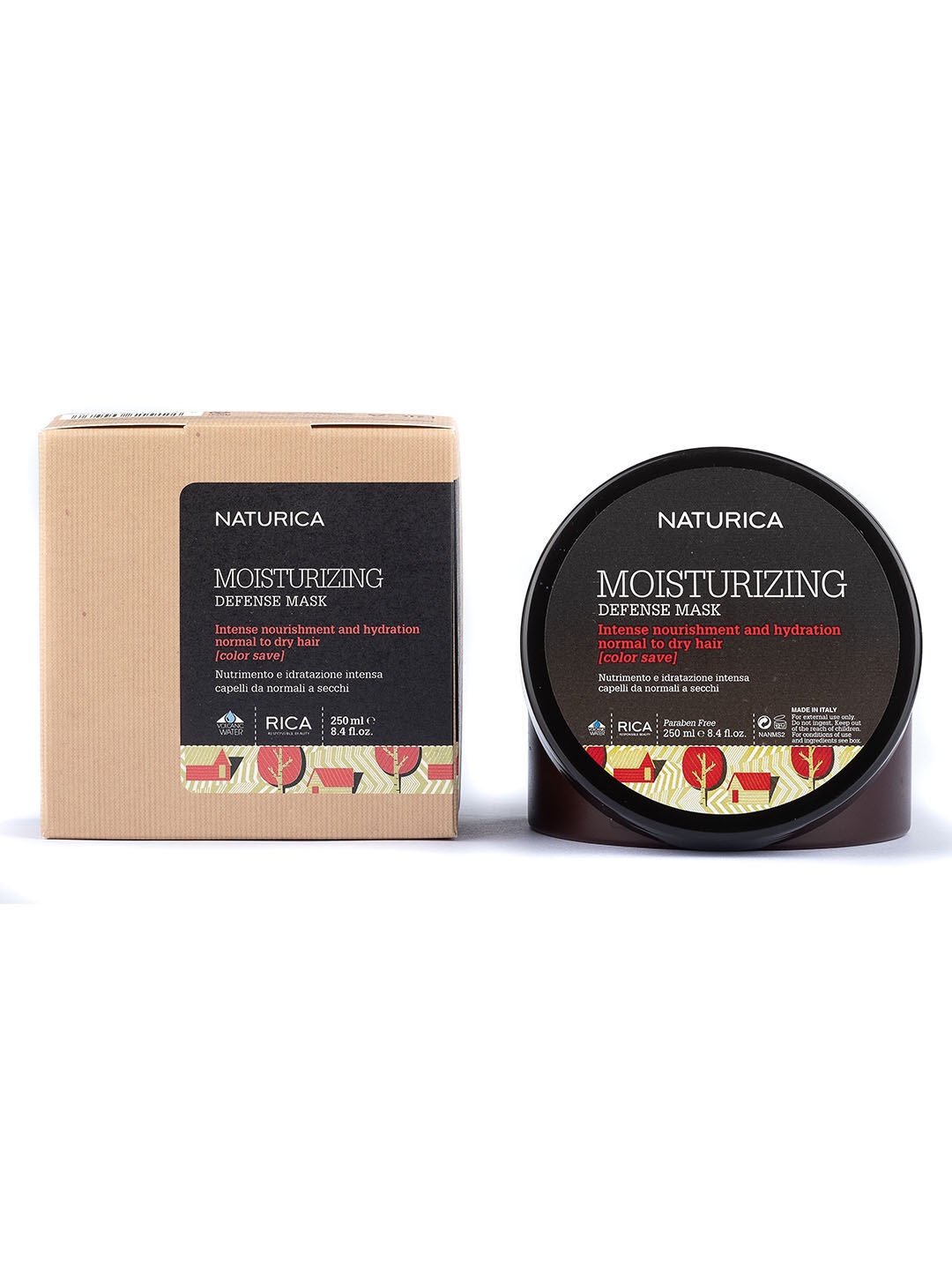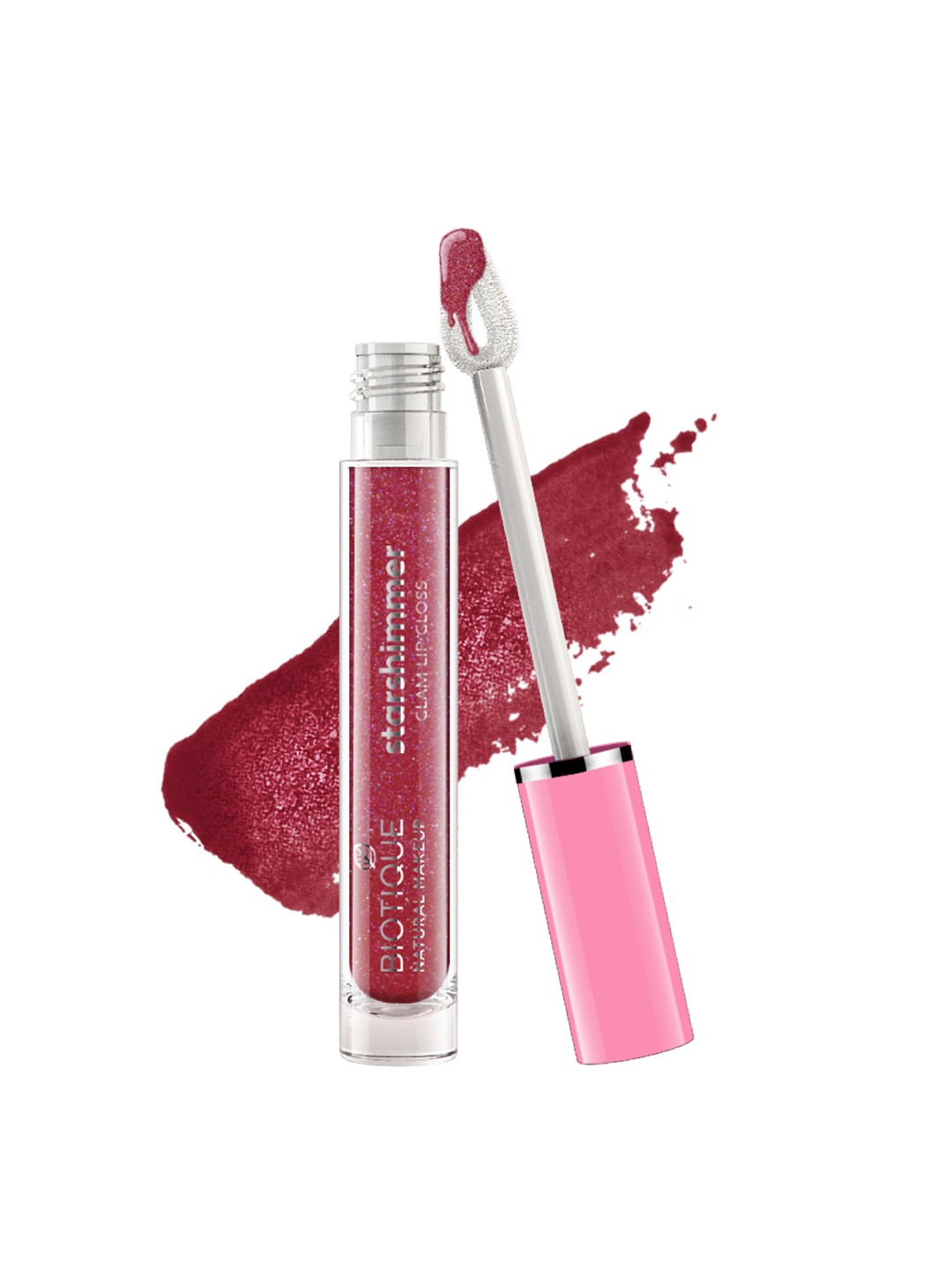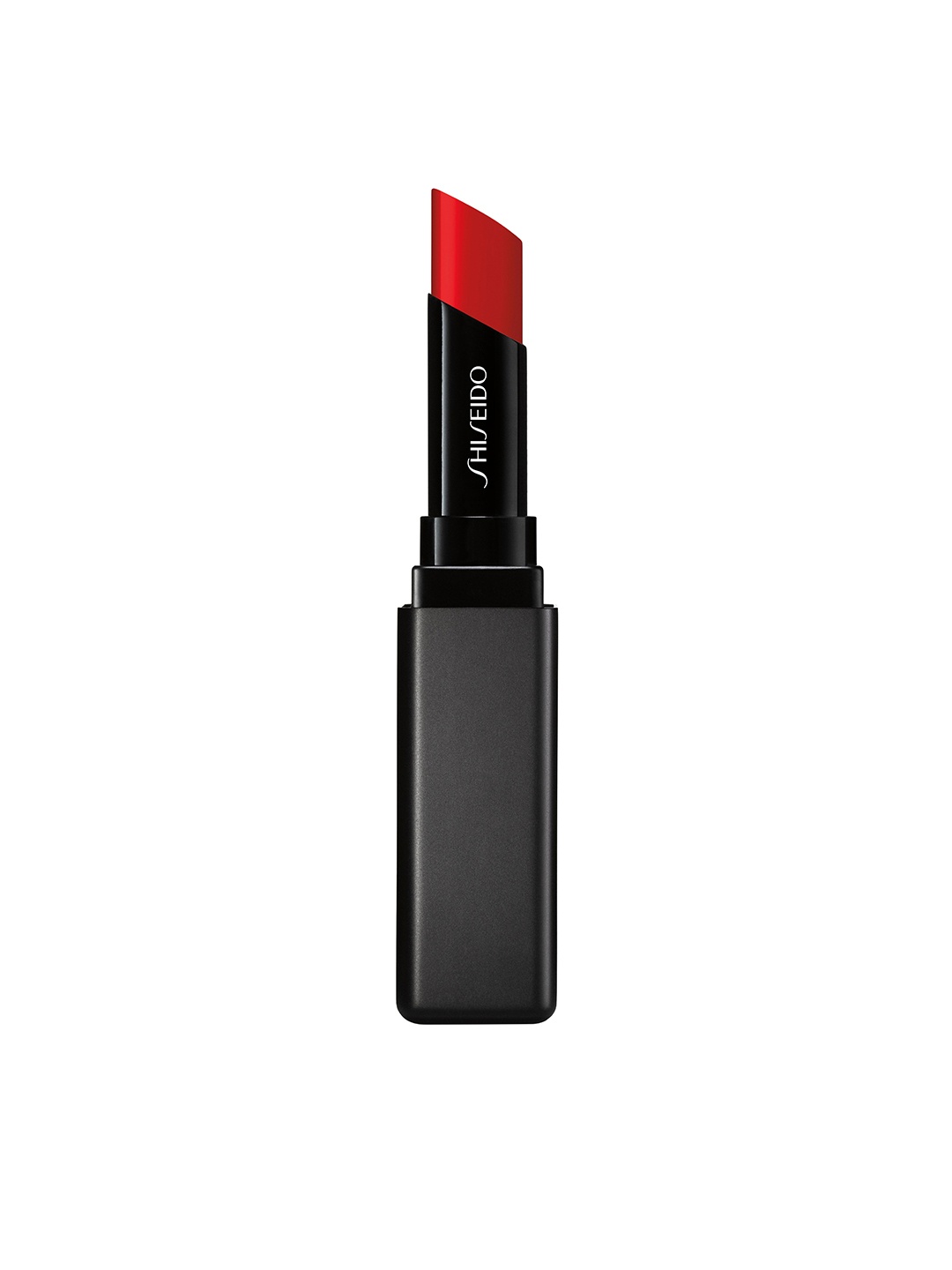The Secret To Better Hair And Rest? Discover The Magic Of Sleeping Caps
Sleeping caps aren't just old-school accessories. Discover how they can protect your hair, improve sleep quality, and why they're making a stylish comeback in modern night-time routines.

What Is A Sleeping Cap And Why You Need One
Once a common sight in bedtime routines of the past, sleeping caps are slowly finding their way back into modern lifestyles. But these aren't your grandmother's frilly bonnets; they've evolved into stylish, functional essentials for those who care about hair health and restful sleep. Whether you're dealing with frizz, dryness, or simply want to wake up with hair that looks half-decent, a sleeping cap might be your new best friend. It's not just about comfort, but about adding a smart, protective layer between your hair and pillow.

What Is A Sleeping Cap And Why You Need One; Photo Credit: Freepik
Why Sleeping Caps Are More Than Just A Trend
Sleeping caps serve both a cosmetic and a practical purpose. They're designed to reduce hair breakage, prevent tangling, and retain moisture overnight. If you're someone who struggles with dry ends, frizzy strands, or hair loss caused by pillow friction, a sleeping cap acts as a protective barrier. Made with soft materials like satin or silk, these caps reduce the tension and roughness that cotton pillowcases often inflict.
The science behind it is simple: friction and absorbent fabrics strip hair of its natural oils. When your hair rubs against your pillow all night, strands weaken and fray. A sleeping cap prevents this, maintaining your hair's health, style, and shine with minimal effort. Especially during dry seasons or if you use heating tools regularly, the cap helps your hair recover as you rest.
Also Read: Why A Satin Pillowcase Should Be Your Night-Time Upgrade
Types Of Sleeping Caps And Fabrics That Work
Today, sleeping caps are made from a variety of fabrics, with satin and silk leading the list due to their low absorbency and smooth texture. Silk caps, while luxurious and breathable, tend to be more expensive. Satin, a more affordable alternative, offers similar benefits and is easier to care for.
Cotton sleeping caps are also available but are less effective in retaining moisture. For individuals with curly or textured hair, a snug satin bonnet can be the difference between waking up to smooth curls or a frizz-fest. Adjustable bands, elastic rims, and stretch-fit options make them comfortable for all head sizes and ensure they stay on through the night.
Some caps even come with double-lining or reversible sides for extended use. These innovations make them more than just beauty accessories; they're self-care essentials.
Who Should Use A Sleeping Cap?
Anyone with medium to long hair, textured hair, coloured hair, or treated hair (like keratin or rebonded styles) can benefit from a sleeping cap. It's also useful for those who wash their hair at night and want to preserve volume or curls until morning. Even short hair stays neater under a sleeping cap, reducing the need for early morning styling.
People with scalp issues, such as dandruff or itchiness, often find sleeping caps helpful as they prevent dust and lint from building up on the scalp. During monsoon or winter, the caps also serve to keep hair protected from dry air, heaters, or fans blowing directly overhead.

What Is A Sleeping Cap And Why You Need One; Photo Credit: Freepik
Do Sleeping Caps Really Improve Sleep Quality?
While the sleeping cap itself isn't a magical sleep aid, its benefits do contribute to a more comfortable sleep. When your hair is secured and shielded from pulling or tangling, you're less likely to wake up during the night due to discomfort. Many people also report reduced headaches caused by tight hairstyles, as sleeping caps allow them to go to bed with loose, unrestrictive hair.
The psychological comfort of wearing something soft and familiar is also said to add to a sense of routine and calm. Some sleep experts say that, like pyjamas or a specific scent, putting on a sleeping cap becomes a signal to your brain that it's time to wind down.
Products Related To This Article
1. Atrube Silk Satin Hair Bonnet Reversible Sleep Cap
2. Inferno Silk Satin Hair Cap Bonnet for Sleeping
3. Candibella Satin Silk Bonnet
4. CONFIRTINO Women Silky Soft Skin
5. Candibella Satin Silk Bonnet
6. Candibella Silk Bonnet for Hair with 3 Scrunchies
7. Silk Bonnet for Hair - Adjustable Cap for Sleeping
8. FABSKIN Luxury Satin Silk Hair Bonnet Cap for Sleeping with Satin Scrunchie
9. Inferno Silk Satin Hair Cap Bonnet for Sleeping
10. AP SALES Silk Hair Cap for Sleeping-with 3 Satin Scrunchies
Frequently Asked Questions (FAQs)
Q1. Is A Sleeping Cap Suitable For All Hair Types?
Yes, sleeping caps benefit straight, wavy, curly, and coiled hair types. They are especially helpful for textured or chemically-treated hair.
Q2. Can I Use A Sleeping Cap Every Night?
Absolutely. Daily use can improve hair health over time, especially if you experience dryness, breakage, or scalp issues.
Q3. Are Sleeping Caps Comfortable For Side Sleepers?
Modern caps are made with stretchable, breathable fabrics that stay in place and don't create pressure points, making them suitable for all sleeping positions.
Q4. Will A Sleeping Cap Make My Hair Greasy?
No, in fact, it helps balance oil distribution. Your scalp's natural oils are preserved and not absorbed into pillowcases, reducing the need to over-wash hair.
Q5. How Do I Clean A Sleeping Cap?
Most satin or silk caps can be gently hand-washed in cold water with mild detergent and air-dried. Always check the care label before washing.
Sleeping caps are more than a beauty secret; they're a practical addition to your self-care routine. By minimising hair damage, maintaining moisture, and promoting better rest, they offer benefits far beyond their simple appearance. Whether you're aiming for healthier hair or just want to skip that morning battle with tangles and frizz, a good sleeping cap can transform your nights. Available in a range of fabrics and designs, they cater to every lifestyle and hair need. Embrace the comfort, convenience, and quiet luxury of sleeping caps and wake up looking and feeling your best.
Disclaimer: The images used in this article are for illustration purpose only. They may not be an exact representation of the products, categories and brands listed in this article.







